Oral liquid medications are widely used in the pharma and healthcare market. Because of easy swallowing, they are especially suitable for children and elderly people to take medicine. More and more pharmaceutical companies choose oral liquids to meet the growing demand. As the need for liquid medicines continues to rise, it is still a good opportunity to enter this market. But before starting your business, you should know
- What is oral liquid?
- How many types of liquid orals?
- What fillers do you need to pack them?
What is Oral Liquid?
This is a homogeneous liquid form of medicine. It contains various substances to create a smooth liquid. They work together to deliver the medicine effectively. Among these ingredients, the active ingredient is the main component. It is applied to treat the illness or provide relief. Besides, the following main agents are also needed.
- Solvents. It dissolves the active ingredients and other components to form a uniform liquid. Water is the most common solvent, often used in syrups and solutions. Ethanol is always used to dissolve ingredients that do not mix well with water.
- Sweeteners. They can mask the bitter or unpleasant taste of certain medicines. This makes medicine easier to consume, especially for children. There are different types of sweeteners, like sucrose, to meet different production needs.
- Preservatives. They are necessary ingredients in liquid oral medicine making. They prevent the growth of bacteria, fungi, or other microorganisms, keeping the medicine safe to use over time.
- Flavors and colors. These materials improve the appearance and taste of the medication. This offers a pleasant taste and color for easy consumption.
- Stabilizers and thickening agents. Stabilizers keep ingredients evenly distributed in the liquid, preventing separation. Thickening agents improve the texture and consistency of the medication.
Compared to tablets or capsules, liquid orals have many advantages. They work faster than solid forms because they do not need to break down in the stomach. The body can absorb them more quickly, providing relief sooner. Moreover, oral liquids are easier to swallow. This makes them ideal for people who have difficulty swallowing solid medicines.
Considerations in Oral Liquid Formulation
When formulating oral liquids, you should use a reasonable ratio of each ingredient. Moreover, you need to make sure your liquid oral feature good solubility, stability, and safety. Regulatory agencies like FD and EMA set strict guidelines for liquid oral compliance. Pharmaceutical companies must follow the rules throughout the production process, ranging from material selection to drug packing. This not only ensures medicine effectiveness and safety but also builds trust in the brand and prevents legal issues.
Eight Common Classifications of Liquid Orals
There are many types of liquid orals on the market. Each has pros and cons. Here are the main types for your reference.
Oral Solution
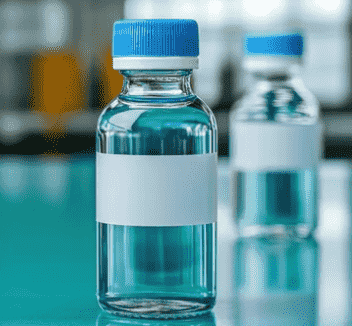
For this form, the active ingredient is completely dissolved in the liquid. This means there are no visible particles, and the liquid appears clear or slightly colored. In this way, solutions ensure even distribution of the medication, providing the same dose in every drop. Solutions are often used for medicines that need to act quickly. Common examples include pain relievers and fever reducers like ibuprofen, cough and cold medicines, etc.
Syrup

Syrup is a common type of oral liquid medication. It contains the active ingredient dissolved in a concentrated sugar solution. It has a thick and sweet consistency, making it easier to swallow. Most of syrup will use flavoring agents to enhance the taste, like fruit or mint flavors. However, because of sugar containing, it may not be suitable for diabetic patients or those with dental concerns.
Oral Suspension
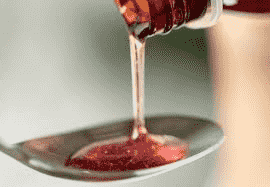
This medicine contains tiny solid particles of the active ingredient dispersed in a liquid. Since these particles do not dissolve, suspensions often appear cloudy or milky. To ensure the correct dose, shaking the bottle before use is necessary. This distributes the medication evenly throughout the liquid. They are especially useful for antibiotics like amoxicillin suspension for bacterial infections, antacids, pain relievers, etc. But some suspensions need to be refrigerated and used within a certain period.
Emulsion
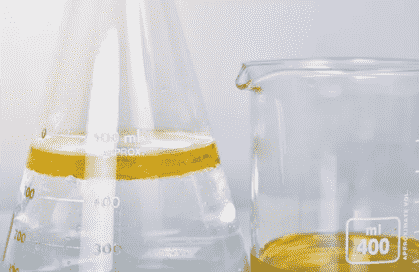
The emulsion contains a mixture of two liquids that normally do not mix, such as oil and water. One liquid is dispersed in the other in the form of tiny droplets, creating a stable mixture. Emulsifiers are added to prevent the liquids from separating. Oral emulsions are often used when the active ingredient is oil-based or not soluble in water. The oil phase is always vegetable oil or mineral oil.
Besides pharma use, emulsion is also used as a nutritional supplement, such as cod liver oil, fat-soluble vitamins, laxatives, etc.
Oral Drops
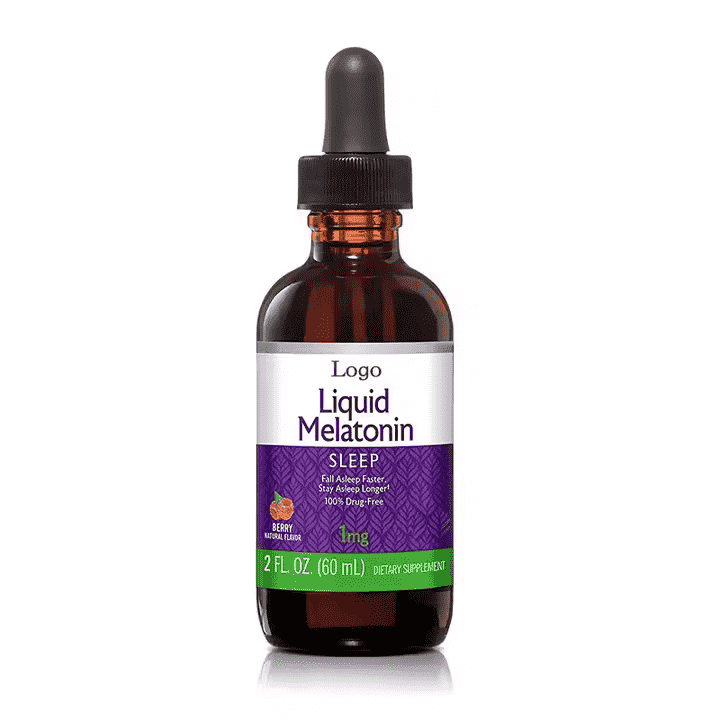
Oral drops are a type of liquid medication designed to be administered in small, precise doses with a dropper. They are often concentrated. This means that a small volume can deliver the necessary dose of the active ingredient. Oral drops are commonly used for infants, young children, and elderly patients. They are also suitable for those who have difficulty swallowing pills or larger liquid doses.
Linctus
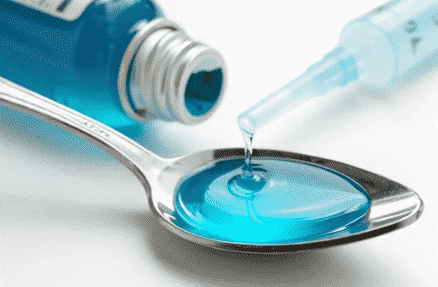
This type is usually thicker and more viscous compared to other liquid medications. The syrup-like formula relieves coughs and soothes irritation in the throat. So linctus is primarily used for dry cough, sore throat relief and mild respiratory infections. However, linctus is not effective for coughs with mucus, as it does not help with mucus removal. It is also limited use for children. Because some ingredients may not be suitable for young children.
Elixir

Elixir is a clear and sweetened oral liquid medication. It contains a mixture of water and alcohol. The alcohol helps dissolve ingredients that may not be soluble in water alone. Elixirs are commonly applied for medications that need both water-soluble and alcohol-soluble components. The alcohol content in elixirs can vary. It typically ranges from 5% to 40%, depending on the formulation. Common uses include sedatives, antihistamines, digestive aids, etc.
But because of the alcohol content, it may not be suitable for children, pregnant women, or people with liver disease or alcohol sensitivity. In addition, warning labels are necessary to indicate drug interactions. Alcohol can interact with other medications, reducing effectiveness or causing side effects.
Mixtures
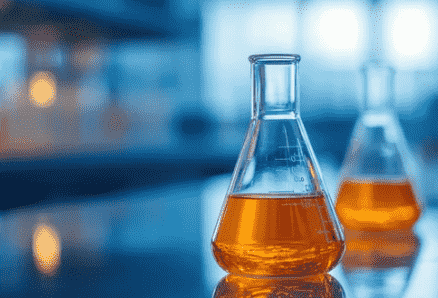
Mixtures contain two or more active ingredients in a liquid form. These ingredients serve different purposes, so mixtures are useful for treating multiple symptoms at once., such as fever and pain mixtures. Mixtures can include both dissolved and undissolved particles. They require shaking for even distribution of the medication.
What Filling Machines Do You Need to Pack Oral Liquids?
Filling and packaging are essential steps in the production of oral liquid medications. They ensure the correct amount of liquid is placed in bottles or containers. Here are three common types of liquid filling machines for your reference.
Peristaltic Pump Fillers
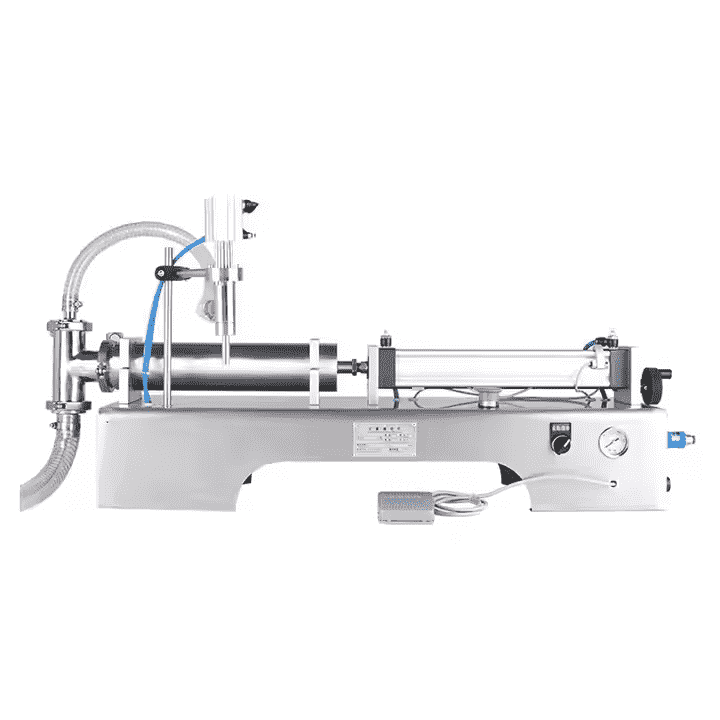
Peristaltic pump fillers use rotating rollers to move liquid through flexible tubing. Because the liquid only touches the tubing, this method is ideal for sterile and sensitive medications. Peristaltic fillers are often used for small-volume, and high-value products, such as liquid vitamins or pharmaceutical solutions. While these fillers offer excellent contamination control, they are not suitable for thick liquids or those containing particles.
Volumetric Fillers
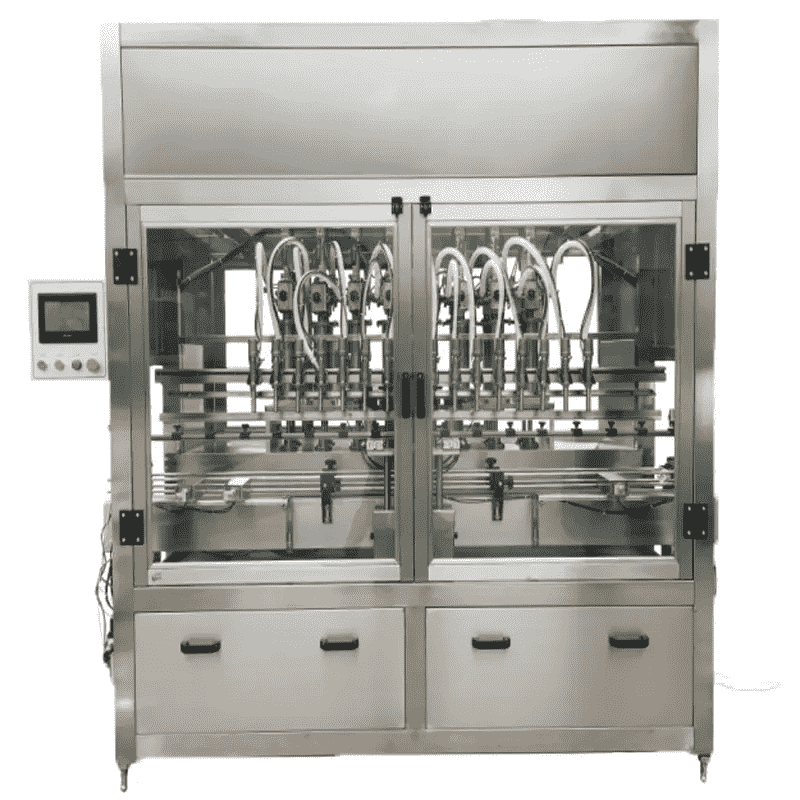
Volumetric fillers are designed to fill a specific volume of liquid into each bottle. They use a piston or cylinder to measure and dispense the liquid. This type of filler is ideal for thin liquids like syrups and solutions that flow easily. Volumetric fillers provide high accuracy and production. They are suitable for both small and large production lines. However, they may not work well with thick or foamy liquids.
Piston Liquid Fillers
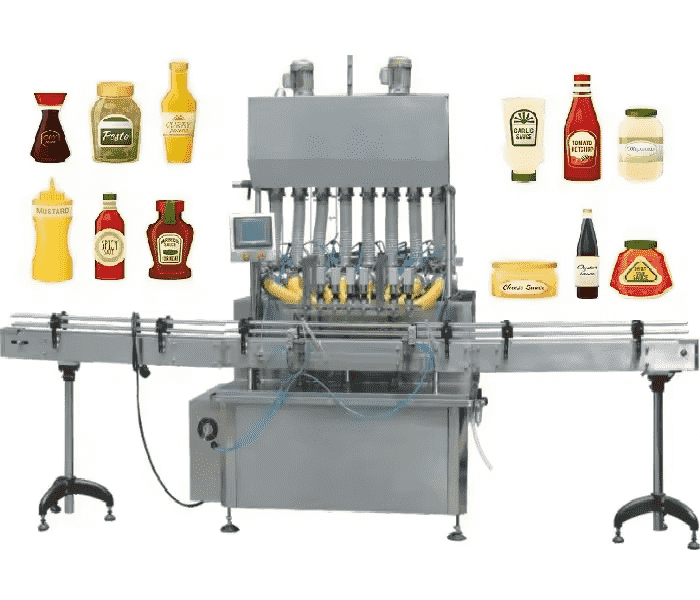
These filling machines draw liquid into a chamber and push it into the container with a piston. They are ideal for thick or viscous liquids like suspensions and linctus. They can handle liquids that contain particles or have a syrup-like texture. Piston fillers offer high accuracy and ensure uniform dosing. However, they require frequent cleaning to remove residue, especially when dealing with sticky products.
The End
The right form of oral liquids is important. You can choose the suitable one based on your production needs, customer preferences, and budget. Besides, you need to choose high-quality equipment to pack your liquids efficiently and accurately.